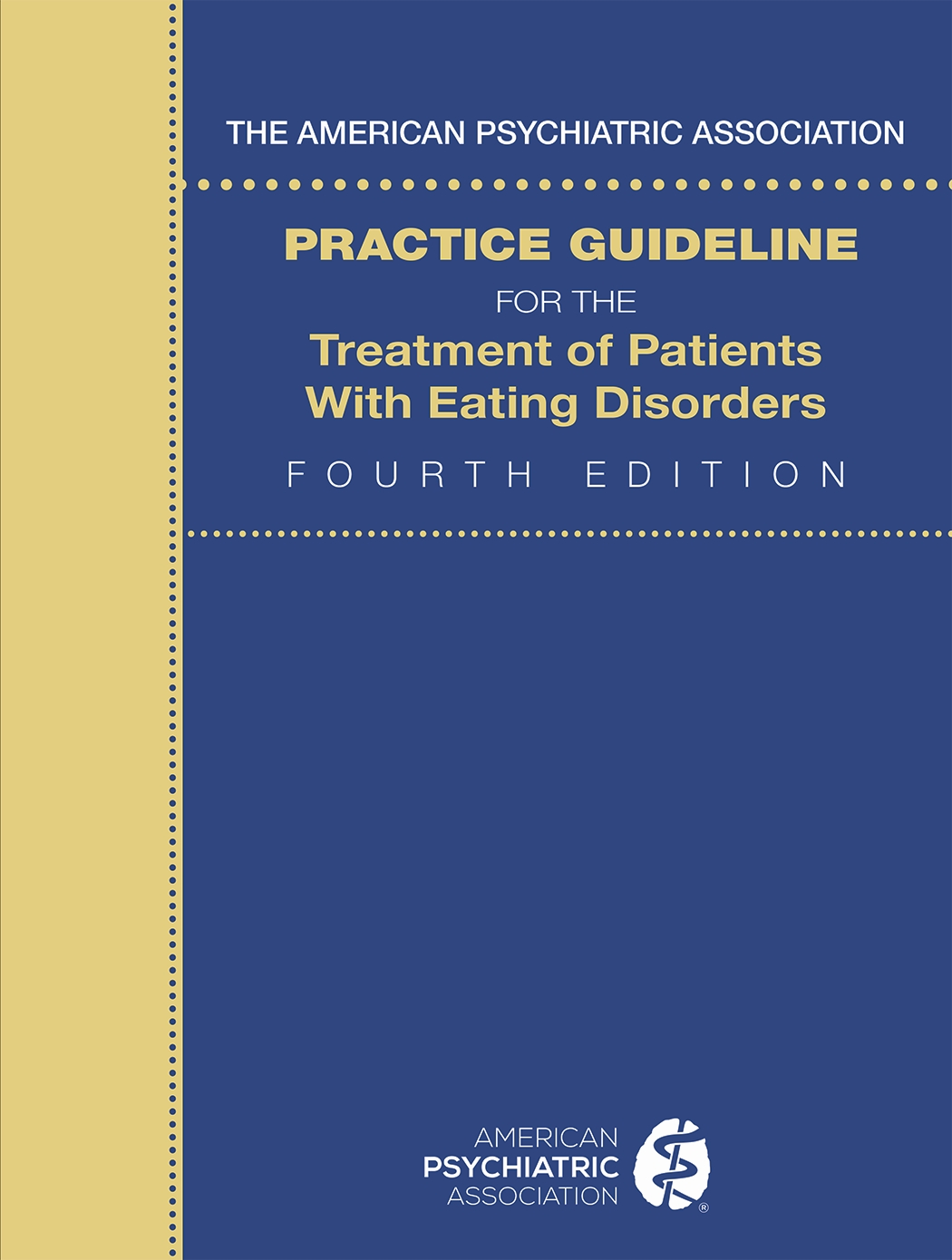Guideline Statement Summary
Assessment and Determination of Treatment Plan
Anorexia Nervosa
Bulimia Nervosa
Binge-Eating Disorder
Information & Authors
Information
Published In
Authors
Metrics & Citations
Metrics
Citations
If you have the appropriate software installed, you can download article citation data to the citation manager of your choice. Simply select your manager software from the list below and click Download.
For more information or tips please see 'Downloading to a citation manager' in the Help menu.
